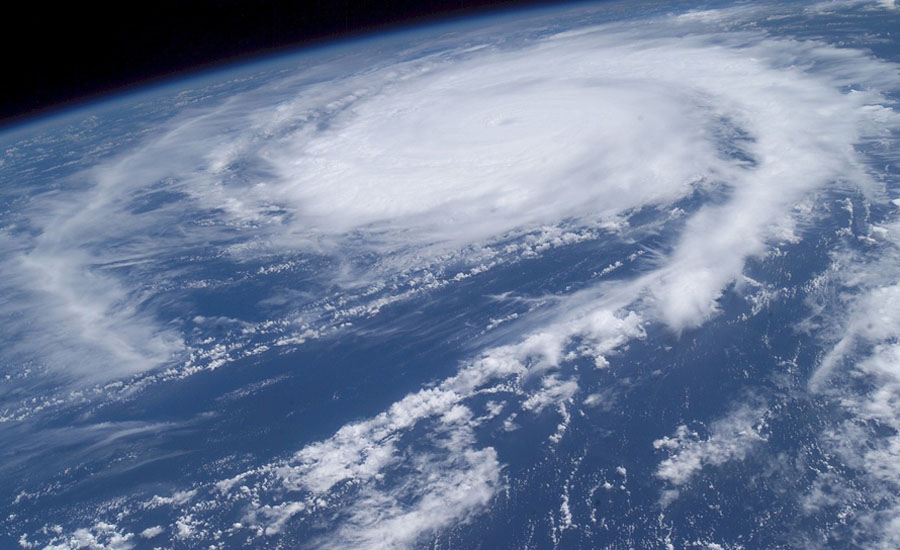Drinking water still unsafe in Puerto Rico

Two months after Hurricane Maria devastated Puerto Rico, residents of the U.S. territory are still being told to boil water from rivers and streams before using it to drink, bathe, wash or cook with. The Centers for Disease Control and Prevention (CDC), said that if it’s not possible to boil water – for at least a minute - water may be disinfected with bleach.
The EPA says it is continuing its “round-the-clock response” to both Hurricanes Maria and Irma and “remains focused on environmental impacts and potential threats to human health as well as the safety of those in the affected areas.”
The agency says it currently has about 293 personnel involved in hurricane response efforts, with 72 people “on the ground” in the United States Virgin Islands (USVI) and another 120 in Puerto Rico.
Among the EPA’s recent actions:
Emergency fuel waiver approval
The waiver, which will be in effect through November 15, 2017, is intended to minimize or prevent disruptions with the supply of diesel fuel for mobile nonroad generators and pumps used for emergency purposes. It allows the sale, distribution, and use of heating oil and marine fuel designated for use in Emission Control Areas (ECA marine fuel) that exceed the 15 parts per million (ppm) sulfur standard if the fuel meets certain conditions.
Sunken vessel assessment
EPA is working with the U.S. Coast Guard on marine operations to assess sunken vessels around Puerto Rico and the USVI. Teams will locate and evaluate the condition of sunken vessels and assist with the disposal of recovered oil and hazardous materials. Approximately 726 vessels have been verified from field teams.
Superfund site assessment
EPA has completed preliminary assessments at all accessible EPA-led Superfund sites, oil sites, and chemical facilities in both Puerto Rico and the USVI to determine if the sites were affected by Hurricane Maria, and is conducting follow-up actions, such as fence and structure repairs. In addition, EPA is coordinating with the lead federal agencies for two other sites, Culebra and Vieques.
EPA teams have assessed 240 fixed facilities in Puerto Rico and 65 in the USVI that are regulated under the Risk Management Plan (RMP), Facility Response Plan (FRP), or Spill Prevention, Control, and Countermeasure (SPCC) programs.
Debris Management
EPA continues to work with FEMA, the U.S. Army Corps of Engineers, and the Puerto Rico and the USVI governments on an overall debris management strategy to keep hazardous waste out of the environment while maximizing recycling efforts by segregating debris piles and minimizing the amount of waste going to landfills. EPA is assisting with the handling and disposal of household hazardous waste, medical waste, e-waste, and orphan containers, which include drums, tanks, fluid totes, canisters, cylinders and similar containers displaced by the hurricane found floating in or washed up near waterways. EPA plans to conduct air monitoring at collection areas and during all hazardous materials operations.
Drinking Water and Wastewater Management
EPA is continuing to coordinate with government agencies in Puerto Rico and the USVI to assess the conditions of drinking water, which includes sampling, analysis and lab support, and getting wastewater treatment systems up and running.
To learn more about making water safe in an emergency, go to CDC’s Making Water Safe in an Emergency web page.
For information and updates, visit: www.epa.gov/hurricane-maria.
Looking for a reprint of this article?
From high-res PDFs to custom plaques, order your copy today!








